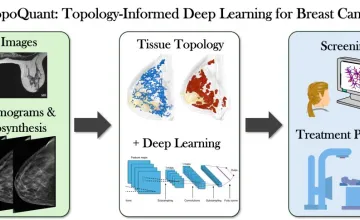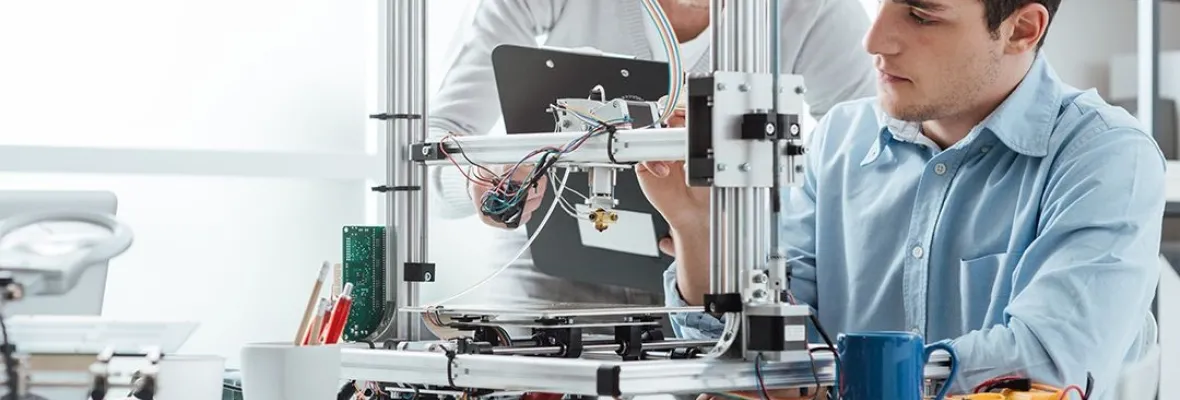AAU universities conduct a majority of the federally funded university research that contributes to our economic competitiveness, health and well-being, and national security. AAU universities are growing our economy through invention and innovation while preparing the next generation of scientists and engineers for global leadership. By moving research into the marketplace AAU universities are helping to create jobs, and provide society with new medicines and technologies.




Explore More: University Research
You can filter stories by the university.
Scientists now know why jellyfish-like salps swimming together move better than a single salp pulsing solo. That information, says UO marine biologist Kelly Sutherland, could guide the development of jet-propelled underwater vehicles.
